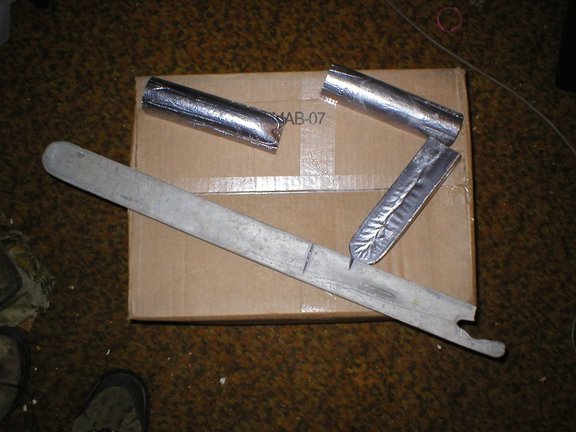stubbicatt
New member
So I traded a bunch of 223 brass which I will never use for a 50 cal ammo can full of ingots. Some of the ingots say Linotype on them, but had a suspiciously dull finish. None rings when I drop it on concrete, causing me to wonder whether there is any lino in them. 
So I load up my new RCBS bottom pour pot with lead, and add "lino" ingots to arrive at an approximate #2 alloy. After some initial teething issues with the pot, I got a good rhythm going and cast a bunch of really pretty boolits.
Let them cool.
Next day started lubing some of them, and for kicks, ran my thumbnail across some. Dent. Noticeable dent. Tested some I had cast before, very small nick, but quite obviously harder than those more recently cast.
I'm pretty sure that those ingots which said linotype on them, weren't.
Next purchase will be a BHN testing tool of some sort... I'm leaning towards the Lee tool.
But until then, and perhaps it is the eternal optimist in me, I'm really tempted to run a few of these boolits through my 357 mag rifle, rather than toss the lot back in the pot and add verified linotype to increase the hardness. I loaned my Cast Bullet Lyman book out some years ago, and I don't remember who I loaned it to, but I suspect that if the thumbnail scratches them, these softer boolits will probably lead my bore to kingdom come.
What say ye, fellows?
So I load up my new RCBS bottom pour pot with lead, and add "lino" ingots to arrive at an approximate #2 alloy. After some initial teething issues with the pot, I got a good rhythm going and cast a bunch of really pretty boolits.
Let them cool.
Next day started lubing some of them, and for kicks, ran my thumbnail across some. Dent. Noticeable dent. Tested some I had cast before, very small nick, but quite obviously harder than those more recently cast.
I'm pretty sure that those ingots which said linotype on them, weren't.
Next purchase will be a BHN testing tool of some sort... I'm leaning towards the Lee tool.
But until then, and perhaps it is the eternal optimist in me, I'm really tempted to run a few of these boolits through my 357 mag rifle, rather than toss the lot back in the pot and add verified linotype to increase the hardness. I loaned my Cast Bullet Lyman book out some years ago, and I don't remember who I loaned it to, but I suspect that if the thumbnail scratches them, these softer boolits will probably lead my bore to kingdom come.
What say ye, fellows?



